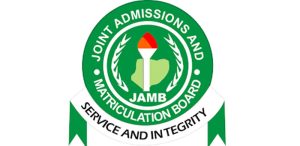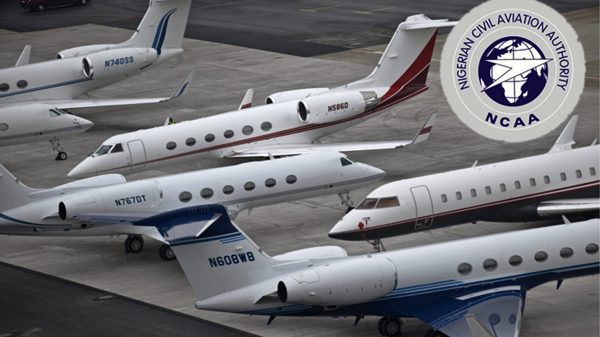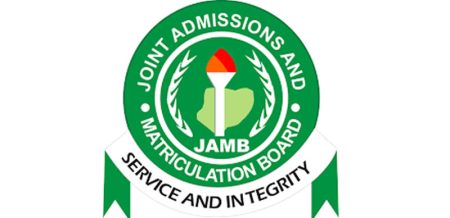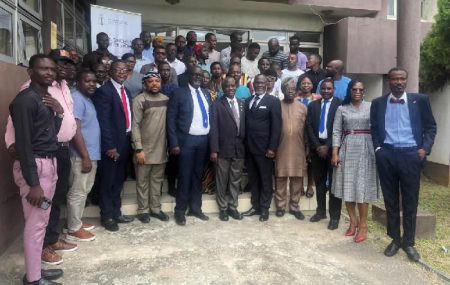The incident at Asaba Airport, where an Air Peace aircraft collided with a large antelope on the runway, has sparked outrage and condemnation within the aviation community, raising serious concerns about safety and regulatory oversight. The incident, which resulted in the death of the animal and the grounding of the aircraft, exposed significant vulnerabilities in airport security and wildlife management protocols, highlighting the potential for far more catastrophic consequences. While the Nigeria Civil Aviation Authority (NCAA) acknowledged the disruption caused to passengers and emphasized the airline’s responsibility to provide appropriate care and compensation, the focus quickly shifted to determining the root causes of the incident and apportioning blame.
Experts were quick to point fingers at multiple parties, including the NCAA, the Federal Airports Authority of Nigeria (FAAN), and the Asaba Airport operators. Group Captain John Ojikutu, a respected aviation expert, argued that Air Peace should hold FAAN accountable for any damages to the aircraft, citing the airport authority’s responsibility for maintaining secure perimeter fencing and ensuring compliance with international safety standards. Ojikutu questioned the efficacy of previous airport audits and the adherence to standards set by the International Civil Aviation Organization (ICAO), suggesting a potential lapse in regulatory enforcement. He further emphasized the importance of airport insurance, a practice he had previously advocated for, lamenting the apparent omission of this crucial safeguard in the Civil Aviation Act of 2022. This omission, he argued, leaves airlines like Air Peace vulnerable to bearing the financial burden of incidents caused by airport security failures.
Adding another layer of complexity to the situation is the fact that Asaba Airport is operated by the Delta State government, not FAAN. While this distinction might appear to absolve FAAN of direct responsibility, the NCAA’s role in overseeing all airports in Nigeria, regardless of their operational management, remains central to the investigation. The NCAA is tasked with enforcing safety regulations and standards across all airports within the country, making them a key player in determining the adequacy of security measures at Asaba Airport. This raises critical questions about the effectiveness of the NCAA’s oversight and their ability to ensure consistent implementation of safety protocols across diversely managed airports.
The incident also underscores the crucial role of perimeter fencing in preventing wildlife incursions onto runways, a fundamental safety measure that appears to have failed in this instance. Captain Muhammed Badamasi, a retired pilot with Nigeria Airways, stressed the mandatory nature of perimeter fencing at airports and the NCAA’s responsibility to enforce this requirement. He emphasized that regardless of who operates an airport, all staff must adhere to the NCAA’s regulations, highlighting the importance of consistent adherence to standardized safety procedures. The breach in security at Asaba Airport raises serious questions about the effectiveness of the existing perimeter fencing, its maintenance, and the overall wildlife management strategy employed at the airport.
The incident at Asaba Airport has exposed systemic vulnerabilities in airport security and wildlife management, prompting calls for a thorough investigation and enhanced regulatory oversight. The lack of clear responsibility due to the airport’s operation by the state government rather than FAAN further complicates the situation, emphasizing the need for clear lines of accountability and consistent enforcement of safety standards across all airports in Nigeria. The incident highlights the critical importance of robust perimeter fencing, regular safety audits, and comprehensive wildlife management strategies to mitigate the risk of similar occurrences in the future. The aviation industry and regulatory bodies must learn from this incident and take decisive action to strengthen airport security and prevent future wildlife incursions, prioritizing the safety of passengers and crew.
Moving forward, a comprehensive review of airport security protocols, including perimeter fencing, wildlife hazard management plans, and emergency response procedures, is crucial. The NCAA needs to strengthen its oversight role, ensuring that all airports, regardless of their operational management, adhere to standardized safety regulations. Furthermore, the issue of airport insurance needs to be addressed, with clear mechanisms established to compensate airlines for damages incurred due to security breaches. This incident should serve as a wake-up call for the aviation industry in Nigeria, prompting a proactive approach to safety management and a renewed commitment to implementing best practices to prevent similar incidents in the future. The safety of air travel depends on the vigilance and proactive measures taken by all stakeholders, from airport operators and regulatory bodies to airlines and ground staff.














